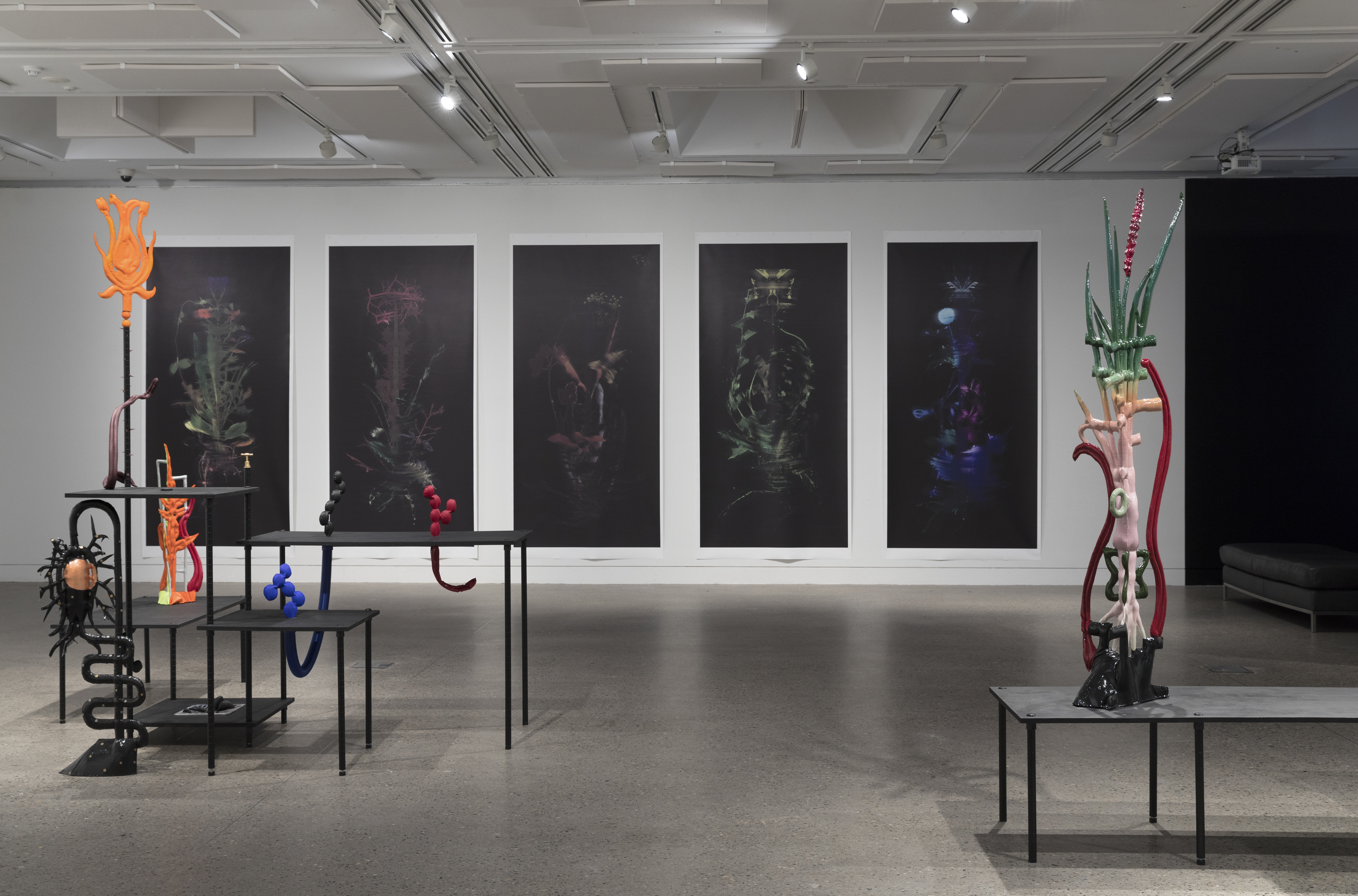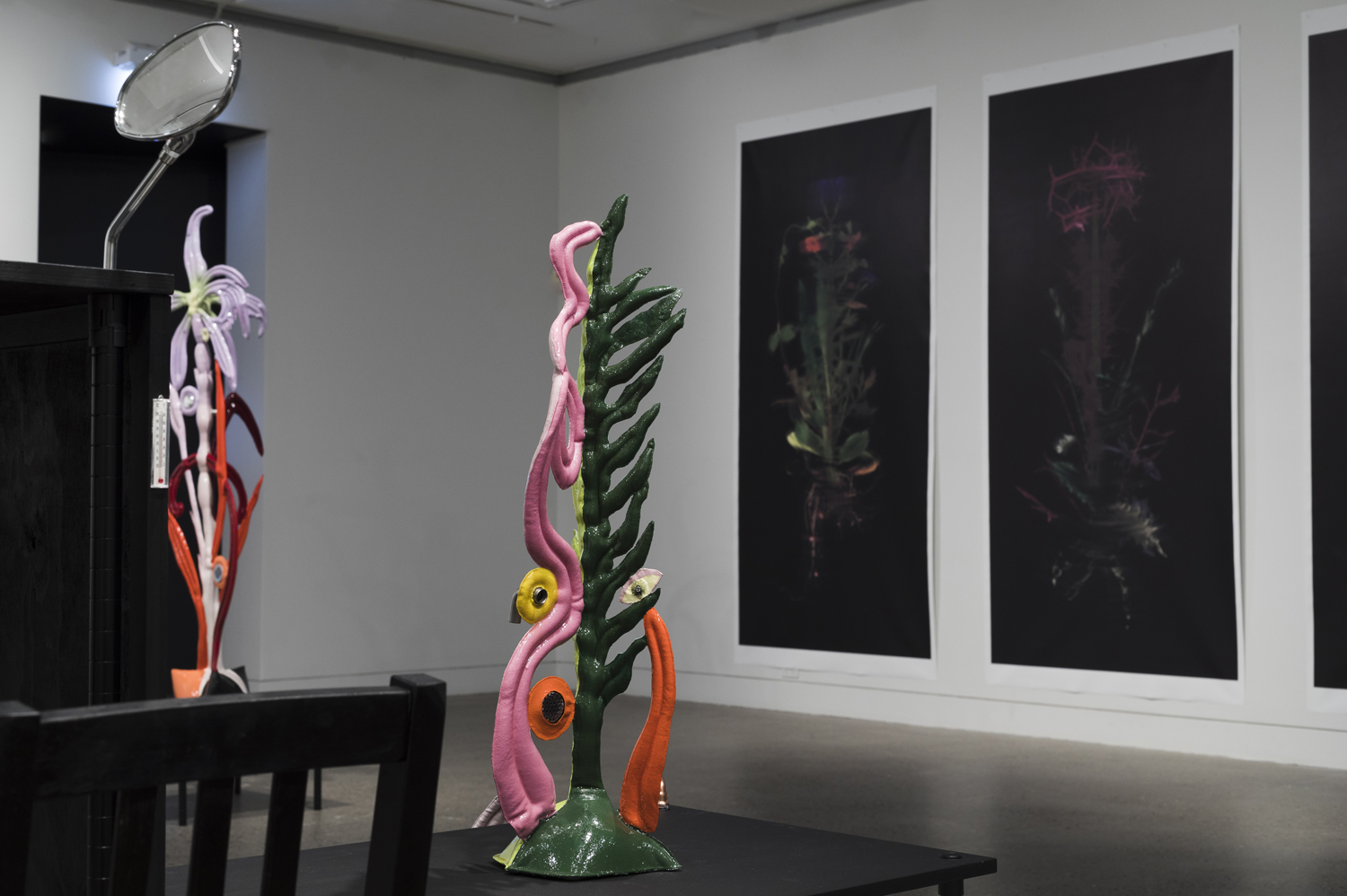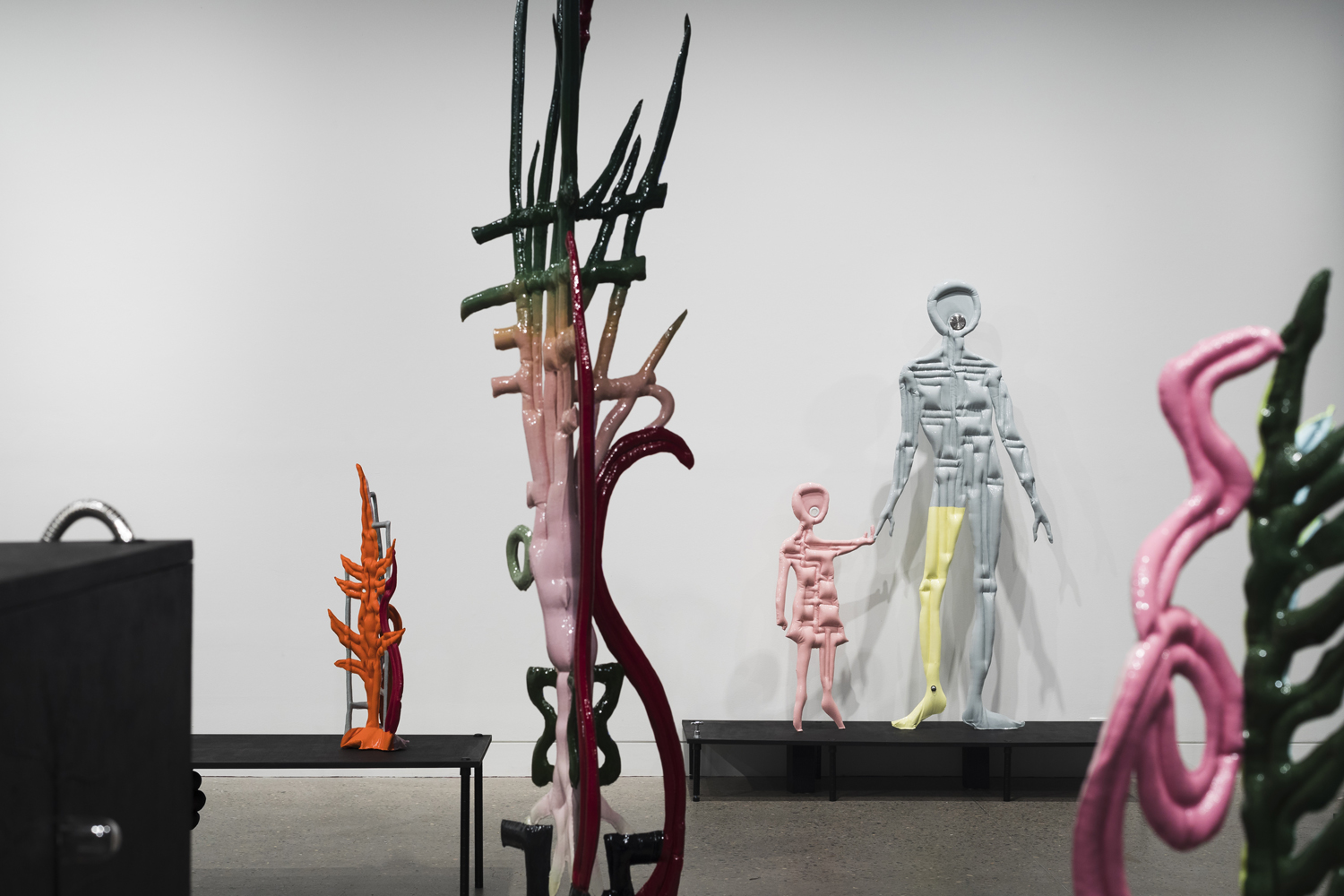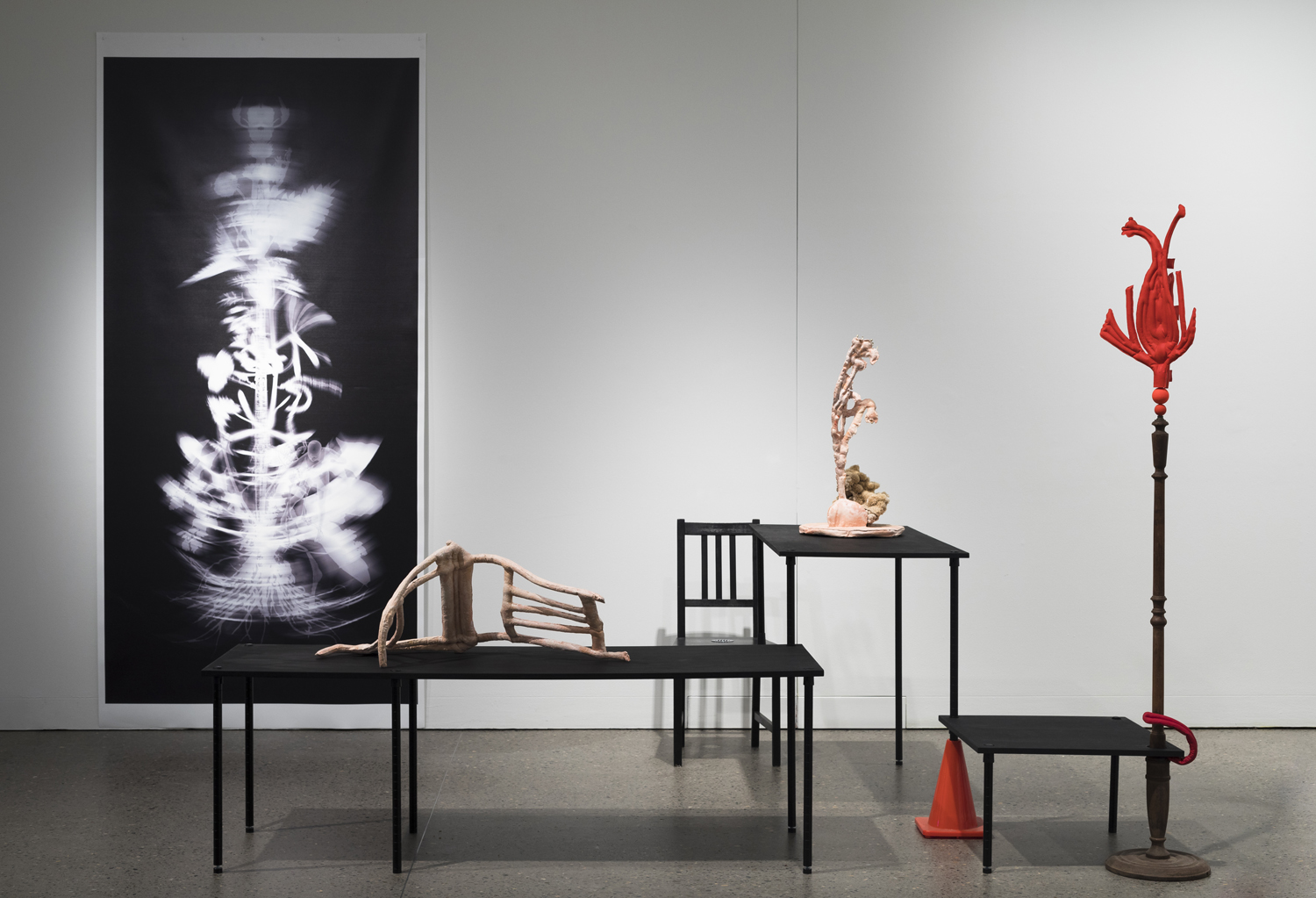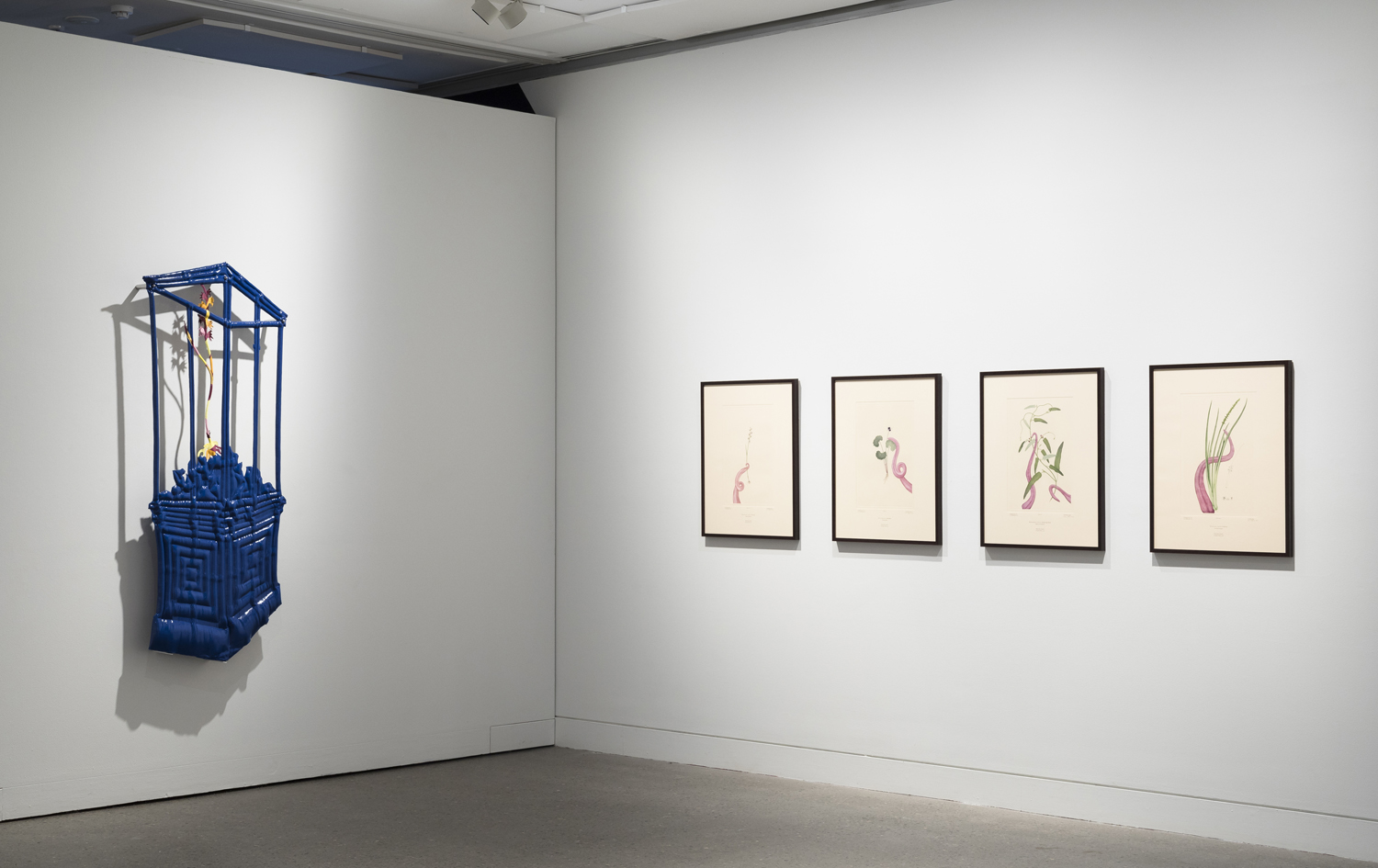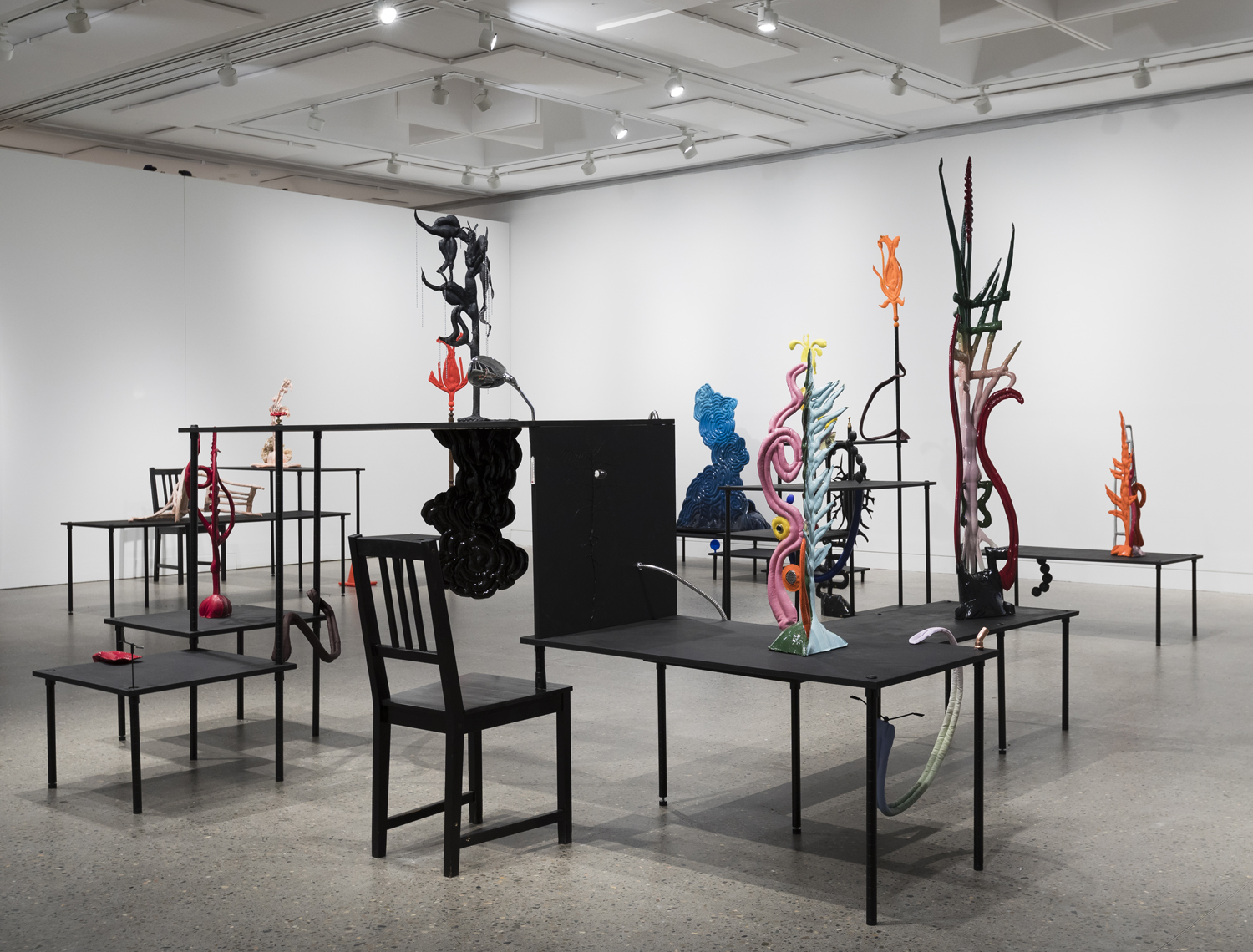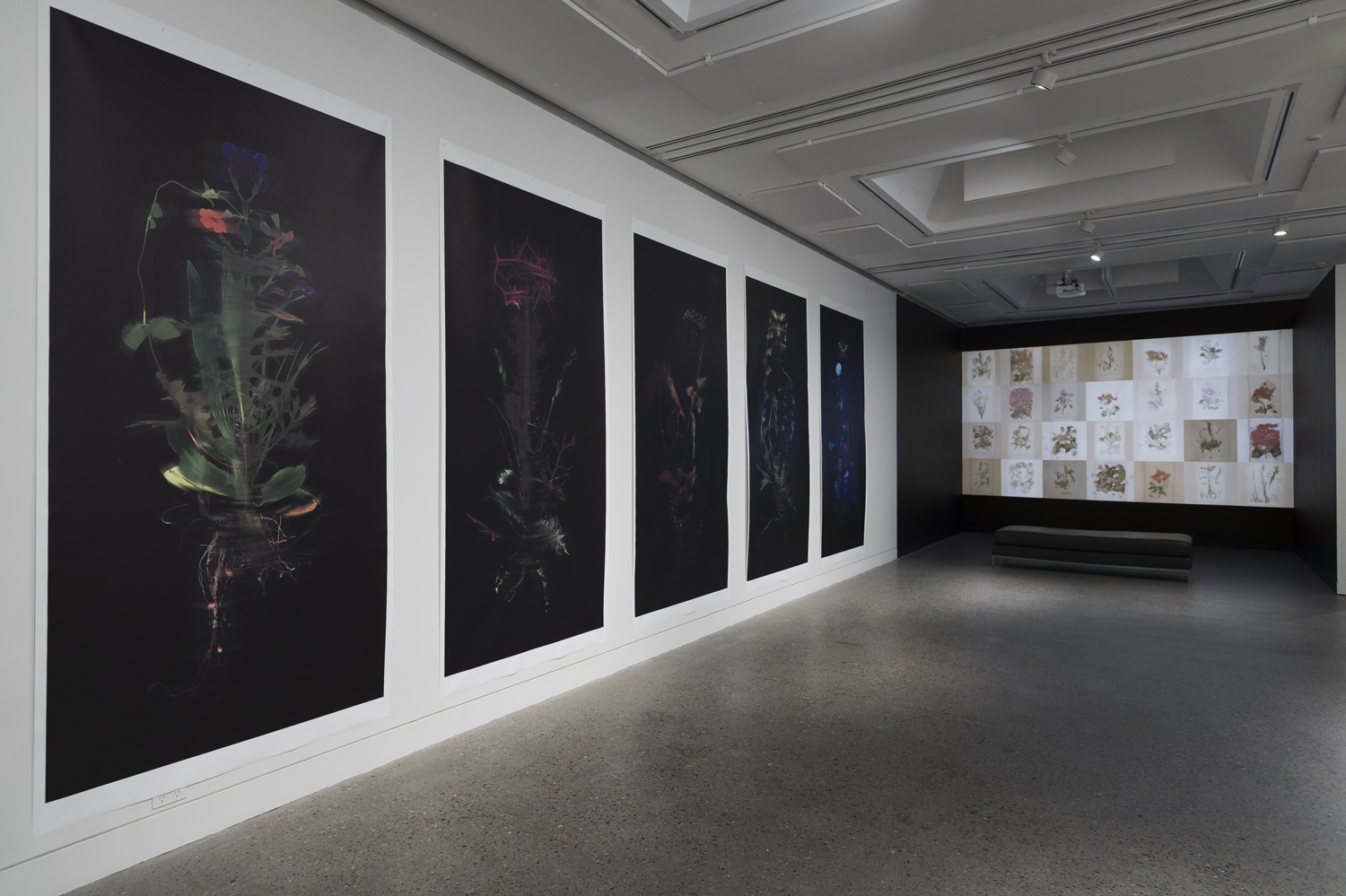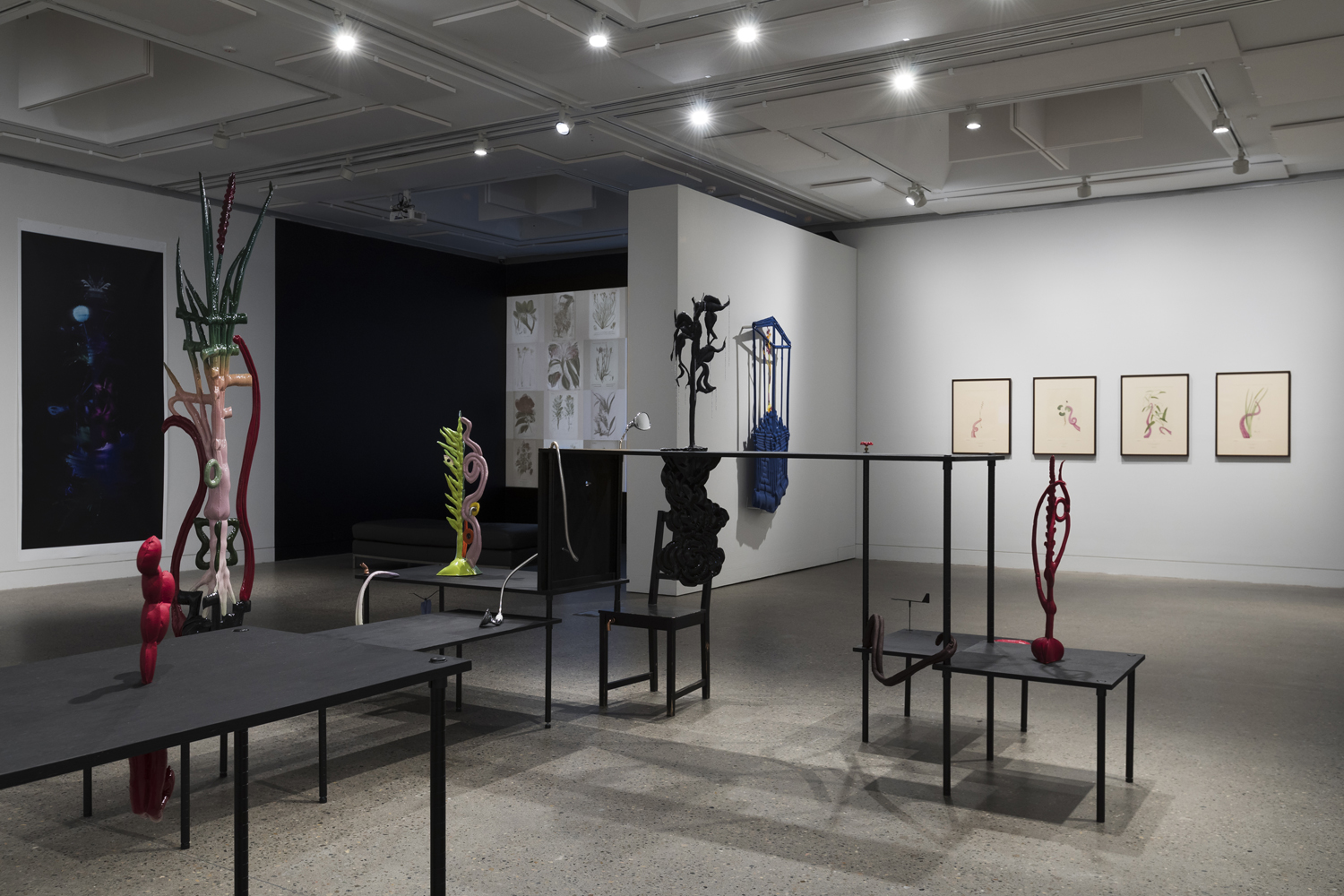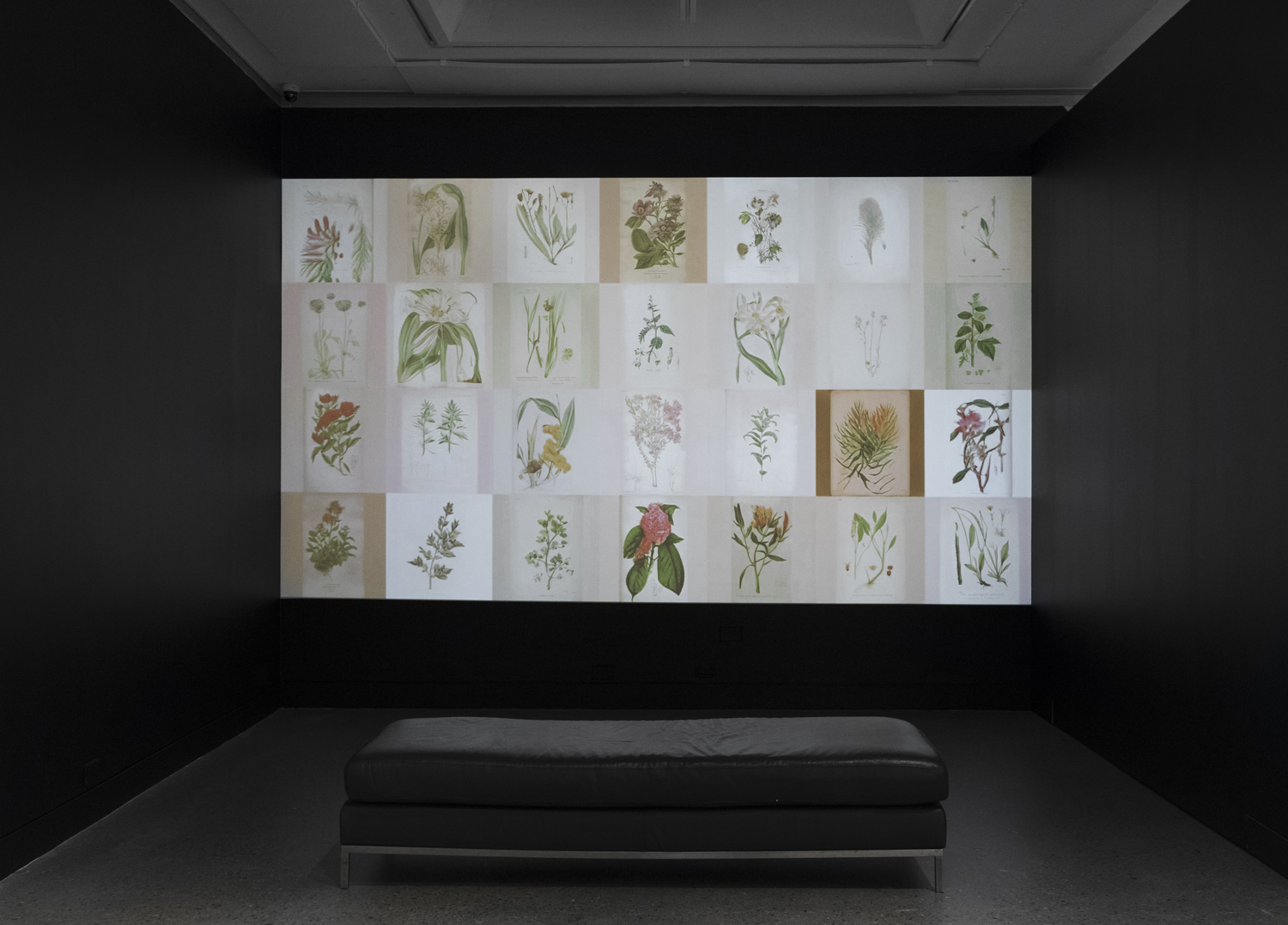26 June 2021 to 28 November 2021
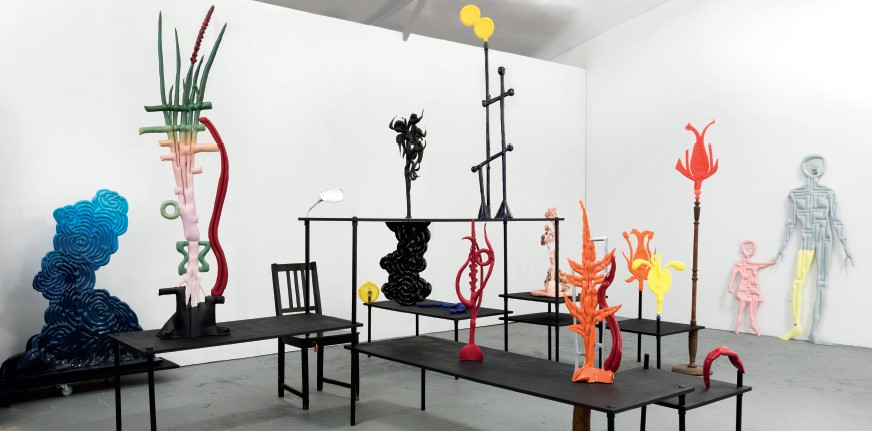
Image: Caroline Rothwell Horizon 2021, installation detail.
Caroline Rothwell’s practice explores the intersection of art and science through sculpture, collaged historical prints and digital animations that invite viewers to consider our relationship with the natural environment. The title of her exhibition, which was commissioned for Hazelhurst Arts Centre, came from the idea of looking to the horizon – looking out from an immediate frame of reference to the infinite and considering future possibilities.
In recent years Rothwell has been making regular site visits to Kurnell in Sydney’s south, the site of first encounters between Europeans and First Nations people on the east coast of Australia. This led to development of a new body of work exhibited in Splice in 2019, which became the catalyst for this exhibition. The starting point was an Untitled series of works that look to the history of Kamay (Botany Bay) and its ecology while recognising it as the first site of invasion or colonisation. In the works Rothwell has sliced into original engravings from Joseph Banks' Florilegium, of specimens collected at Kamay in 1770. Into each engraving she has inserted a pink tongue painted in watercolour, where its sinuous form disrupts the pages and their historical significance. The tongue was a repeated motif, weaving it way throughout the exhibition.
A central installation specially created for Horizon was a series of topographical forms integrated with sculptural works and found objects. Topography 1, 2, 3 and 4 (2021) developed from Rothwell’s interest in looking at the infrastructure of how we exist and the interconnectedness of botanical, human and industrial systems.
Rothwell’s signature sculptures featured throughout the exhibition – as the stand-alone works Blue Cabinet, Mother and child (2019) and Symbiosis (Blue Beard Orchid) (2020/21) or integrated into the topographical forms. Appearing as if made from inflated latex, the soft and voluptuous forms were contradicted by their rigidity. They began as canvas sculptures which then have a metal armature inserted, and the fabric forms are then cast in gypsum cement, making them solid and permanent.
Morphed plant forms featured throughout and played with notions of hybridity and beauty. The large-scale Primal Plant (2011-2021) was a series of digitally manipulated photographs of morphed weed species from different parts of the world including Australia, Afghanistan, United Kingdom and China. The video work Plant Library (2020) was a result of the early experimentation for Rothwell’s recent collaboration with Google Creative Lab. The process explored using a large database of botanical illustrations (from the open source Biodiversity Heritage Library) and morphing different plants together to animate them and create hybrid forms. The final product of the collaboration was the Infinite Herbarium online program, developed by Rothwell in collaboration with Google Creative Lab and shown in The National at the MCA and the Royal Botanic Gardens, Sydney.
Visitors to Hazelhurst were invited to engage with the various plants in the expansive gardens and use the Infinite Herbarium online program on their smart phones to create their own plant morphs. The program aimed to expand our experience of the vast, diverse botanical world – creating a digital reflection of the constant flux of living systems.
View the digital catalogue below.

